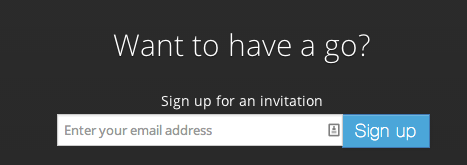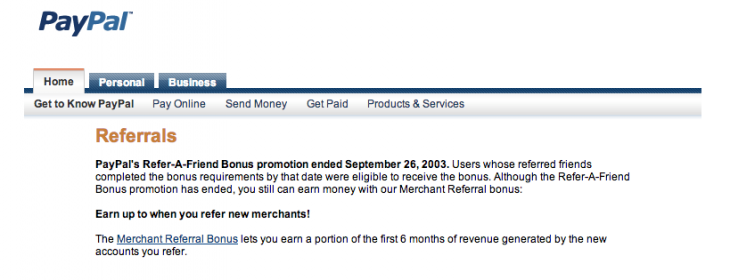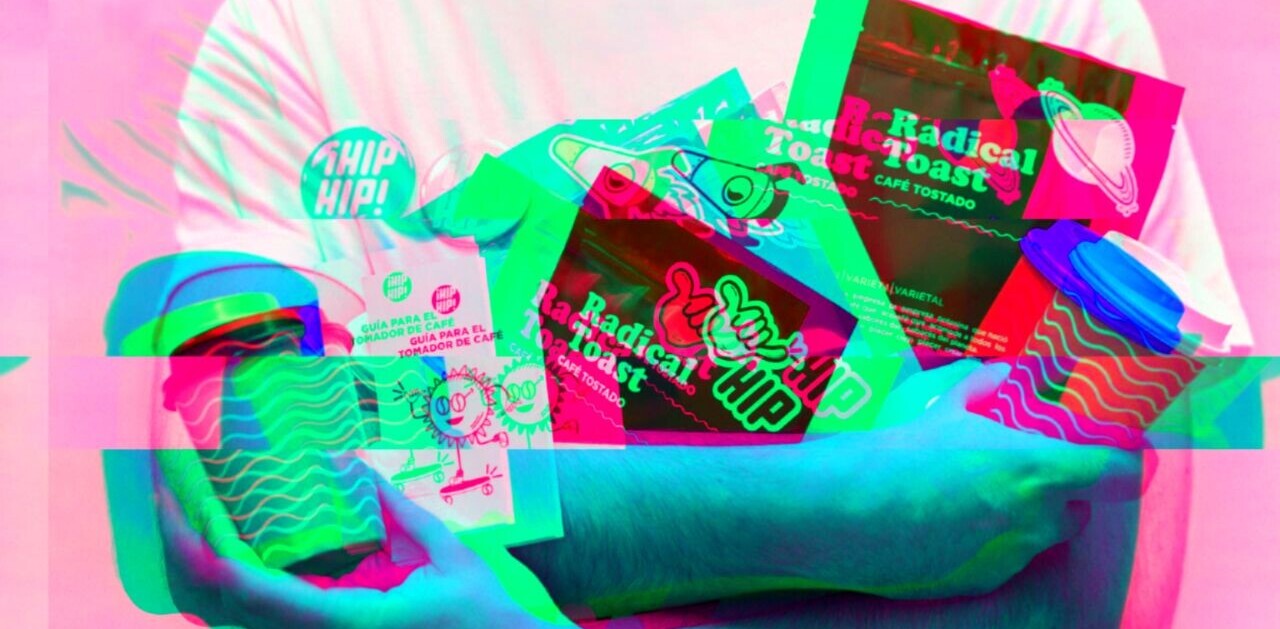
Jon Yongfook is a serial entrepreneur based in Asia. He started and sold a popular recipe portal, and now runs a virtual assistant software company. He mentors young startups at Singapore Management University and True Incube Thailand, a 500 Startups Partner.
Startups are a special breed of companies when it comes to marketing. If a big corporation is pushing a new product, you might expect them to take out TV ads, online ads, maybe hire a PR agency and set up big distribution partnerships.
Most startups however, don’t have the kind of money required to do that. So what do startups do? Rely on cheaper forms of marketing: Blogging, email, viral tactics etc.
Then there are growth hacks. Growth hacks are clever marketing tricks used by startups in order to get more users (often for free or very little cost). Sometimes they are simple, sometimes they are quite technical – but what they have in common is that they can be highly effective.
Here are five of the most famous growth hacks of all time.
1. The Little Bighorn
What is this? If your target market is difficult to reach, instead of tackling it head on, go after an adjacent market in order to stimulate demand.
Why do I know this? This tactic was made famous by Facebook.
Back when Facebook was still just for schools, some schools already had their own social networks. Instead of trying to market directly to students at those schools (“but we already have a social network!”) Facebook targeted schools in the vicinity, which would inevitably be home to friends of the target school’s students.
Once all your friends were on Facebook and you’re the last one left standing… it’s kind of hard to say no!
Why does it work? Joining something because your friends are on it or because they said it’s cool is called “social proof.” Social proof is one of the most powerful elemental forces of the internet, at your disposal. Use it wisely!
2. The Waiting List
 What is this? Instead of letting users sign up and start using your service immediately, put them into a waiting list which you slowly work through.
What is this? Instead of letting users sign up and start using your service immediately, put them into a waiting list which you slowly work through.
Why do I know this? This tactic was made famous by Mailbox. After downloading the Mailbox app you’d be told exactly which number you were in the queue (inevitably some crazy high number).
Why does it work? It’s another form of social proof, that lots of other people are waiting to “try” an app. Mailbox was lucky in that this growth hack generated the company a lot of press and a cult of followers. It must have done something right because even before officially launching, Mailbox was acquired by Dropbox for an alleged $100 million.
3. The Cross Post
What is this? A feature on your app allows a user to post to one of their existing social networks, usually with a line that credits your app in some way.
Why do I know this? Airbnb and Instagram popularised this growth hack.
Airbnb had an early feature that allowed users to post their listings to Craigslist, taking advantage of Craiglist’s massive scale. Instagram encouraged users to post to Twitter and Facebook by making cross-posting a big part of the user journey when uploading a photo.
Why does it work? Getting your app’s content posted through a major distribution channel exposes more people to your app and results in more users trying your app out. Instagram ended up disrupting Facebook’s own photo sharing feature so much that Facebook acquired them for $1 billion.
4. The By The Way
What is this? Probably all over your site and blog you’ve got pages branded with your name and logo. That makes sense. But take it one step further and put the same thing at the bottom of content your users create.
Why do I know this? This tactic was made famous by Hotmail.
At the bottom of every email Hotmail sent out was a message saying “get your free email account now!” At a time in history where people were paying their ISPs for email accounts, Hotmail’s offer was an attractive one.
Why does it work? You are getting your users to advertise your service for you to their friends. And the best part? It scales infinitely and doesn’t cost you anything.
5. The Back Scratch
What is this? Incentivise users to invite their friends by offering a 2-way reward. A reward for the friend who gets invited, and a reward for the person who did the inviting.
Why do I know this? PayPal famously offered a $20 2-way reward in their early stages of growth. If you successfully referred a friend you would get $10 and your friend would get $10.
PayPal grew to tens of millions of users before ending this promotion, but you can probably name at least three companies off the top of your head that offer something similar.
Why does it work? Users like free money, whodathunk!
Of course, this growth hack is expensive to pull off. But compared to other paid acquisition channels such as PPC, a referral program like this can require less ongoing maintenance and result in more high quality users.
Interested in becoming a Growth Guru, join the Growth MBA in a Day, in New York City on November 17.
Read next: How to build your growth machine
Get the TNW newsletter
Get the most important tech news in your inbox each week.





